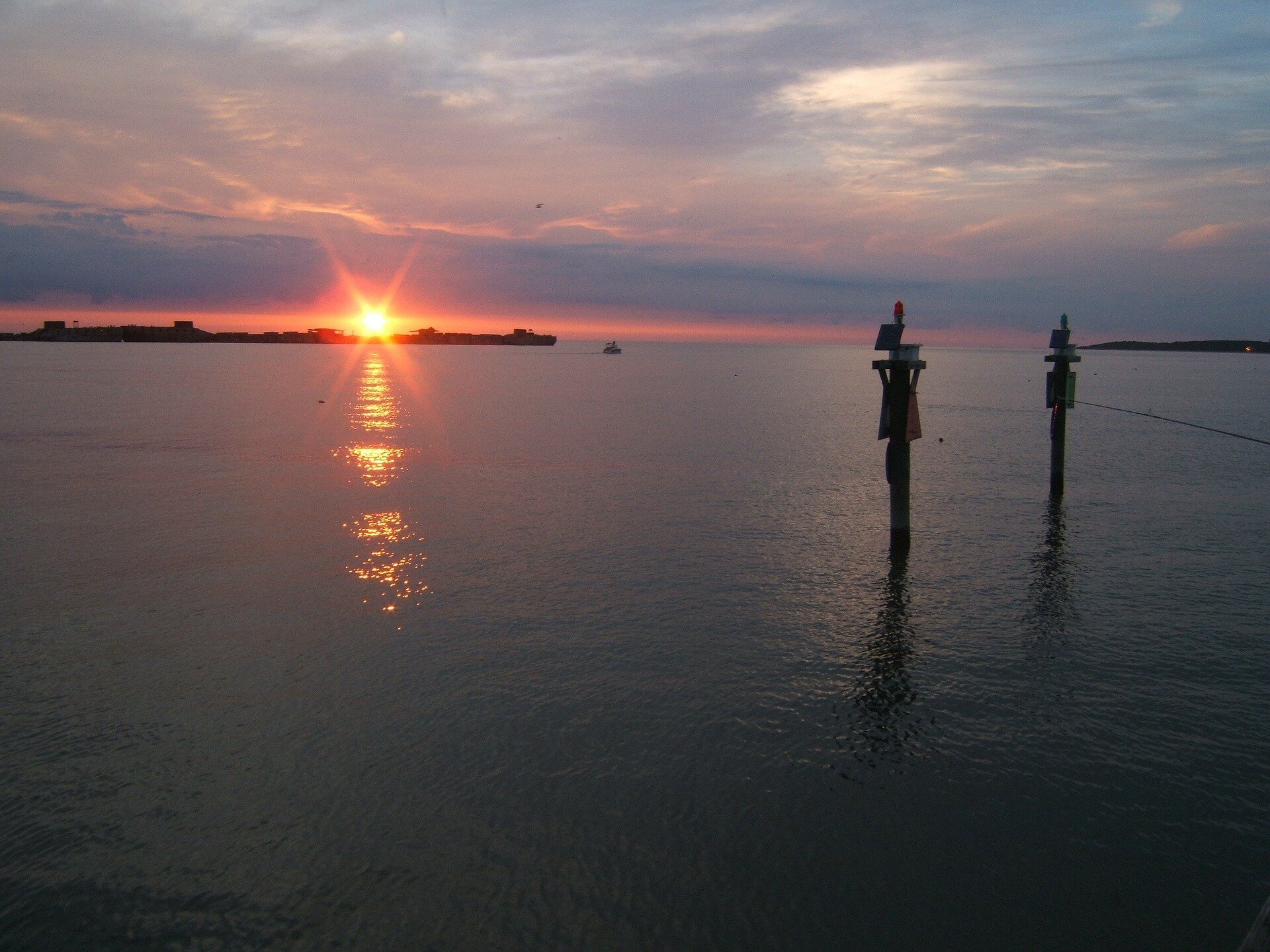- CNBC's Inside India newsletter: Can India grow as fast as China did?
- FDA approves Bristol Myers Squibb's schizophrenia drug, the first new type of treatment in decades
- Asia-Pacific markets mostly gain amid China stimulus optimism; Hong Kong set to rise 3%
- Scientists develop method to control timing of synthetic DNA droplet division
- Greener nanomaterials could transform how our everyday stuff is made
What do you believe is the single most important factor driving up the cost of living in Nigeria?

Team is first to find invasive hydrilla plant in Canada
Hydrilla verticillate (hydrilla), one of North America's most invasive species, has been found for the first time in Canada. Dr. Rebecca Rooney, a biology professor, and members of her Waterloo Wetland Laboratory were surveying a secluded section of the Hillman Marsh Conservation Area in Leamington, Ontario, when they found the unexpected species. Upon review, the Ministry of Natural Resources and Forestry confirmed their findings.
Why is one little plant so worrisome?
Hydrilla is an aquatic plant that spreads quickly and can take over entire wetland environments, threatening the diversity of plants and animals in ecosystems. Hydrilla can also limit recreational use of these areas because it can get tangled in boat motors, clog water-intake pipes and inhibit activities like swimming and paddling, hindering our ability to enjoy Ontario's beautiful lakes and wetlands.
"We hope to eradicate it before it can spread," says Rooney, an expert on invasive species in Canada. "It's currently in an area isolated from Lake Erie and other wetlands, which is good news. This will enable us to treat the infested area without impacting the larger water system."
Removing all hydrilla in Hillman Marsh could take several years, but Rooney and her team will be involved in the eradication efforts. The team plans to monitor the use of different tactics to remove the hydrilla from the area, such as administering approved herbicides and dredging.

- September 27, 2024
ChatGPT is changing the way we write. Here's how—and why it's a problem


- September 26, 2024
Research shows heat, drought and fire risk are increasing in South America

- September 26, 2024
Free SHS praised for its immense impact on Ghanaians, especially Denkyira

- September 27, 2024
What Nigerian gov is doing to fight food insecurity – Official

- September 26, 2024
Why crickets swarm in the fall


- September 27, 2024
Study offers new explanation for Siberia's permafrost craters


- September 27, 2024
Millennial Black women navigate when and where to express style


- September 27, 2024
Extreme heat impacts daily routines and travel patterns, study finds
Subscribe to our mailing list to get the new updates!

Subscribe our newsletter to stay updated
Thank you for subscribing!


